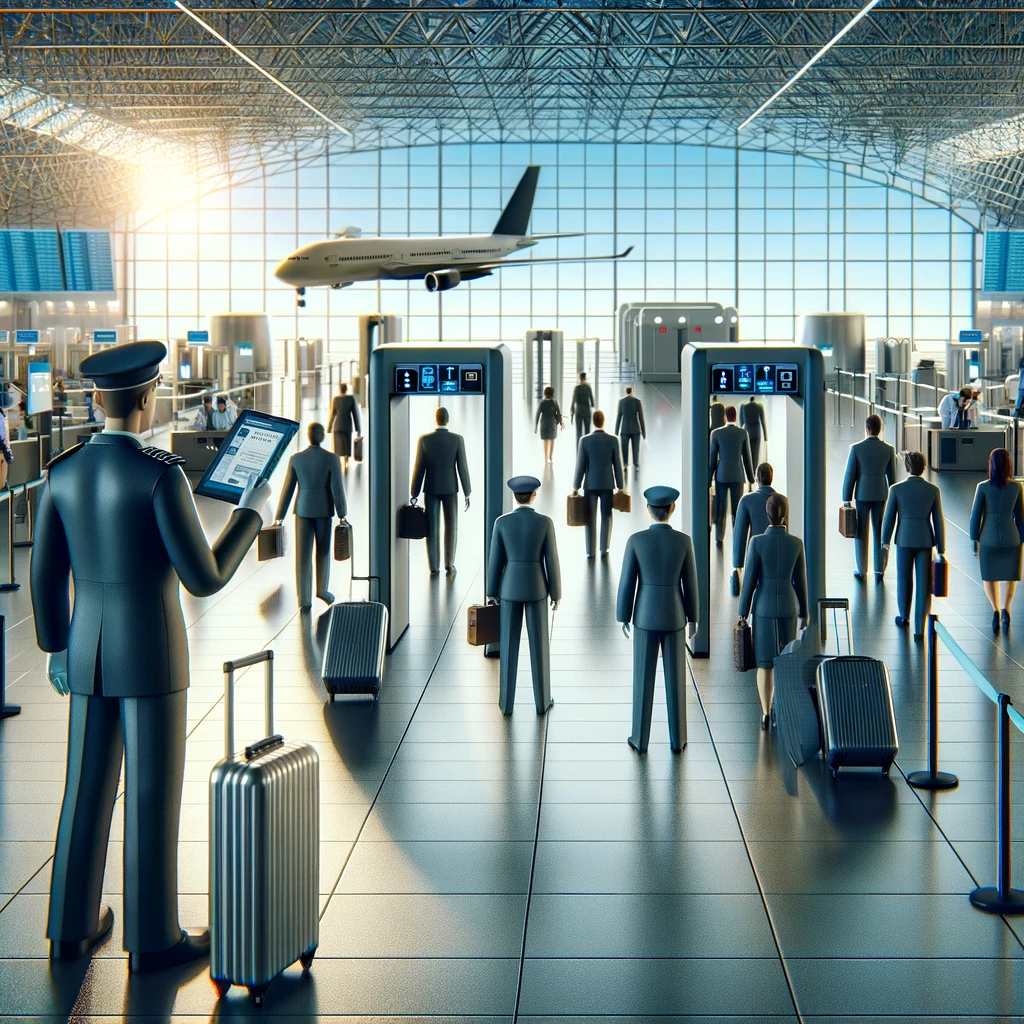The airport experience is a pivotal part of any journey, often setting the tone for the trip ahead. Among the various procedures travelers encounter, passenger screening and identity verification stand out for their critical role in ensuring airport security. This article demystifies these processes, offering insights and tips to help you navigate these checkpoints smoothly, transforming potential hassles into mere formalities.

The Importance of Passenger Screening
Passenger screening is not just a routine step; it’s a vital security measure designed to detect prohibited items and ensure that only authorized individuals board the aircraft. This process involves several layers, from physical checks and metal detectors to advanced imaging technology, each serving a unique purpose in safeguarding passenger safety.
Identity Verification: The First Line of Defense
Identity verification acts as the gateway to the airport security process. Travelers are required to present a valid form of identification along with their boarding pass. This step confirms that the person traveling matches the information provided at the time of booking, thwarting attempts at identity fraud and ensuring compliance with legal travel requirements.
Navigating the Screening Process
Preparation is Key
Before reaching the airport, familiarize yourself with the latest TSA guidelines and airline policies. This knowledge can streamline your passage through security, as you’ll be aware of what items are allowed and how to prepare your belongings for screening.
Biometric Screening: The Future of Airport Security
Many airports are adopting biometric screening technologies, such as facial recognition and fingerprint scanning, to enhance the efficiency and accuracy of identity verification. These systems compare biometric data with the information stored in travel documents, offering a seamless and secure method of passenger identification.
What to Expect at the Checkpoint
At the screening checkpoint, passengers undergo a series of checks, including a walk-through metal detector or a full-body scan. Personal items, including electronics and liquids, are screened separately. Understanding these steps and preparing accordingly can significantly expedite the process.
Insider Tips for a Hassle-Free Experience
Travel Light
The less you carry, the fewer items you’ll need to manage during the screening process. Opt for minimal luggage and organize your carry-on to allow for easy access to electronics and liquids, which will need to be screened separately.
Dress for Success
Wear easily removable shoes and avoid accessories that could trigger metal detectors, such as belts with large buckles or excessive jewelry. This can speed up your passage through personal screening.
Stay Informed and Cooperative
Keep an eye on the queue and start preparing for the screening as you approach the front of the line. Follow the instructions of airport security personnel promptly and courteously, as their primary concern is your safety.
The Role of Technology in Streamlining Security
Technological advancements are continually reshaping the landscape of airport security. From state-of-the-art scanners that provide a clear view of a bag’s contents to mobile applications that store digital boarding passes and IDs, technology is making passenger screening and identity verification faster and more efficient than ever before.
Conclusion
Understanding the intricacies of passenger screening and identity verification can transform your airport experience from daunting to manageable. By preparing in advance and adopting a cooperative attitude, you can navigate these essential security measures with ease, setting a positive tone for your travels. Remember, these procedures are in place to ensure the safety and security of all passengers, making them an integral part of the journey.
